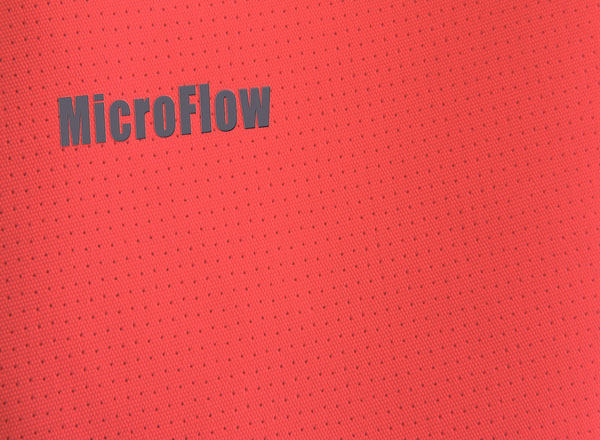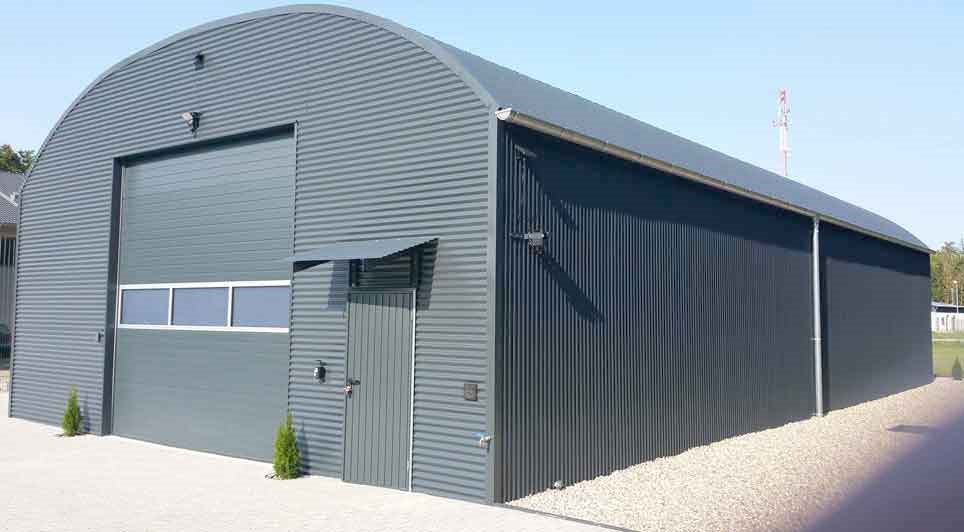New laser perforation technology has been introduced to make FabricAir dispersion ducts virtually maintenance-free.
When choosing between fabric ducting and conventional metal solutions for the supply of hot, cold and/or fresh air, there are many aspects to consider to ensure the ideal indoor climate. Air distribution and maintenance intervals represent the biggest differences between metal and fabric-based technologies. The various stakeholders have differing perspectives on the decision; Facility Managers aim to minimise maintenance, occupants want a healthy and comfortable indoor climate, and the owner wants to save money on installation costs as well a running costs. It is therefore important to choose the right air dispersion solution regardless if it is a in a new building or a renovation project – one that accommodates all stakeholders.
It is a general misconception that metal channels should not be cleaned as often as traditional textile channels. From the outside the duct may look clean, but the inside of a metal duct is a breeding ground for moulds and bacteria. Dust and airborne particles settle inside the duct, and surface condensation creates enough humidity for microbes, like mould, to thrive. Hence, metal ducts really do need to be cleaned.
Cleaning a metal duct is expensive and difficult, but when it is not done, the indoor climate will deteriorate over time. Mould and other harmful microbes can affect the health of those who work in the occupied zone, but the unhygienic state of the duct is often not noticed until odours occur and the indoor climate has plummeted.
When using classic textile channels, the dust holding capacity (DHC) is often a decision parameter; however, with new laser cutting technology FabricAir ducting can become virtually maintenance-free, rendering DHC inconsequential. The best indoor climate is achieved when an air filter cleans the air at the intake and the air dispersion pattern is optimised through the design of the tailored textile system. Using micro-perforations for either primary or secondary airflow, any particle that makes it through the filter, will continue with the airstream out of the duct instead of settling on the inside. An air duct should not be used as an extra filter. Accumulating dust and microbes inside the duct leads to shorter maintenance intervals, regardless if the duct is made from metal or textile, but using micro-perforated ducts can make the air dispersion system virtually maintenance-free.
 UK
UK Ireland
Ireland Scotland
Scotland London
London






















